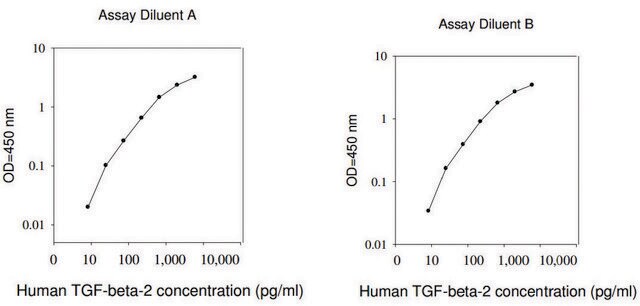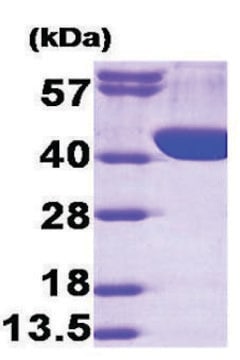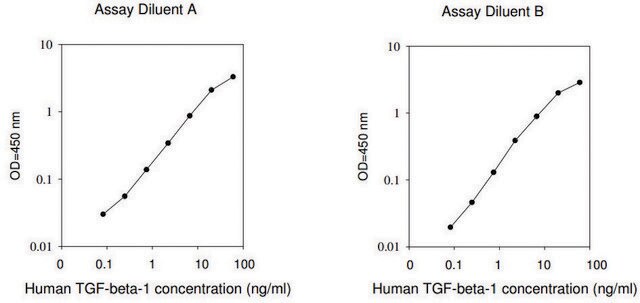MAK223
Aldolase Activity Colorimetric Assay Kit
Sufficient for 100 Colorimetric tests
Sinónimos:
Aldolase Colorimetric Assay Kit
About This Item
Productos recomendados
detection method
colorimetric
relevant disease(s)
cancer; neurological disorders; hematological disorder
storage temp.
−20°C
Gene Information
human ... ALDOA(226) , ALDOB(229) , ALDOC(230)
mouse ... ALDOA(11674) , ALDOB(230163) , ALDOC(11676)
rat ... ALDOA(24189) , ALDOB(24190) , ALDOC(24191)
General description
The Aldolase Activity Colorimetric Assay Kit is a simple and high throughput assay for measuring aldolase activity in serum, plasma, and a variety of tissues and cells. Aldolase activity is determined by measuring a colorimetric product with absorbance at 450 nm (A450) proportional to the enzymatic activity present. One unit of aldolase is the amount of enzyme that generates 1.0 μmole of NADH per minute at pH 7.2 at 37 °C.
Features and Benefits
Suitability
Principle
Solo componentes del kit
- Aldolase Assay Buffer
- Aldolase Substrate
- Aldolase Enzyme Mix
- Aldolase Developer
- NADH Standard
- Aldolase Positive Control
signalword
Danger
hcodes
Hazard Classifications
Aquatic Chronic 3 - Eye Dam. 1 - Skin Corr. 1B
Storage Class
8A - Combustible corrosive hazardous materials
Elija entre una de las versiones más recientes:
Certificados de análisis (COA)
Lo sentimos, en este momento no disponemos de COAs para este producto en línea.
Si necesita más asistencia, póngase en contacto con Atención al cliente
¿Ya tiene este producto?
Encuentre la documentación para los productos que ha comprado recientemente en la Biblioteca de documentos.
Nuestro equipo de científicos tiene experiencia en todas las áreas de investigación: Ciencias de la vida, Ciencia de los materiales, Síntesis química, Cromatografía, Analítica y muchas otras.
Póngase en contacto con el Servicio técnico






